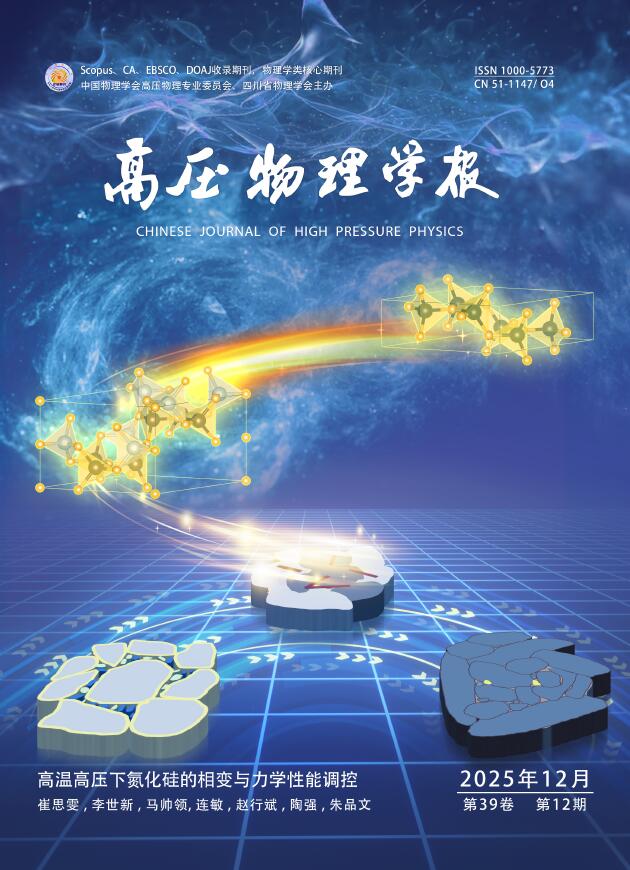Online First
Articles in press have been peer-reviewed and accepted, which are not yet assigned to volumes/issues, but are citable by Digital Object Identifier (DOI).
Display Method:
, Available online , doi: 10.11858/gywlxb.20251056
Abstract:
, Available online , doi: 10.11858/gywlxb.20251054
Abstract:
, Available online , doi: 10.11858/gywlxb.20251075
Abstract:
, Available online , doi: 10.11858/gywlxb.20251084
Abstract:




 HTML
HTML PDF
PDF  Cited by
Cited by










